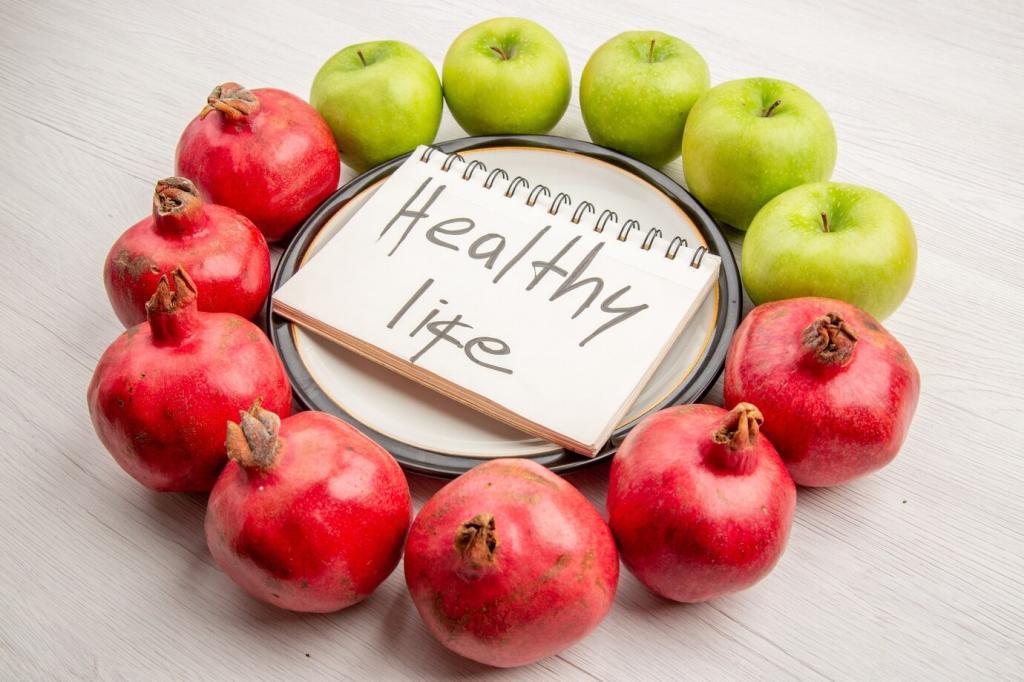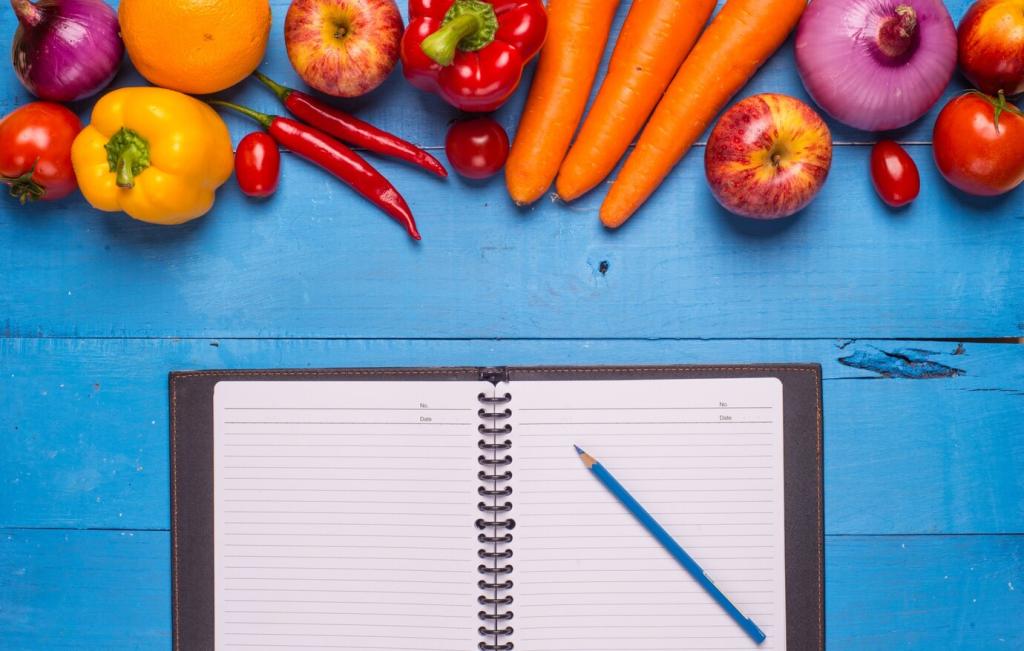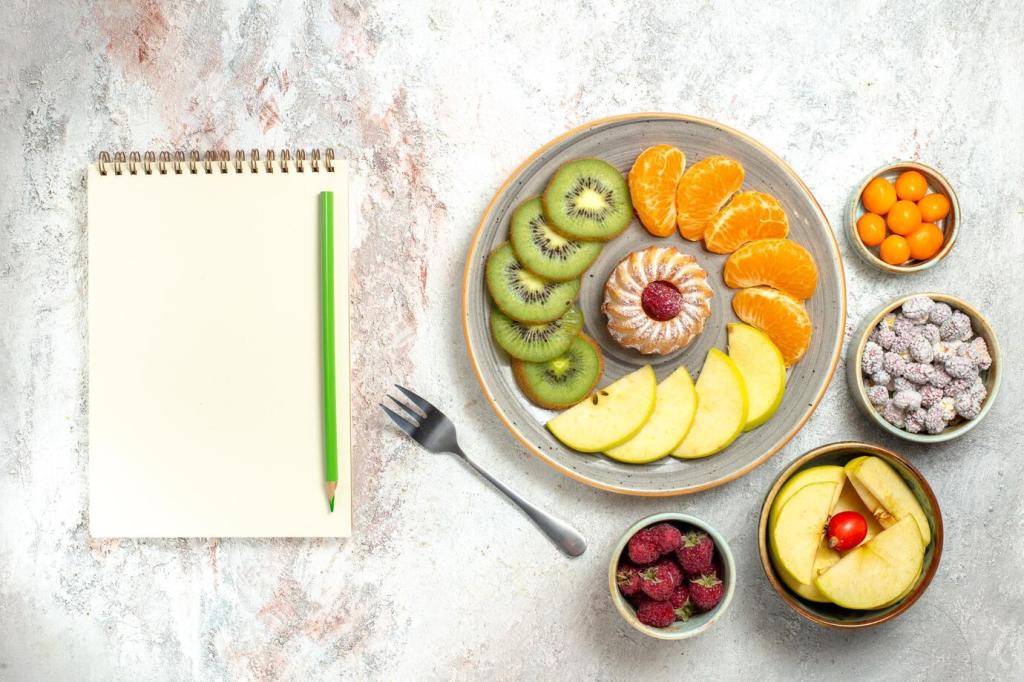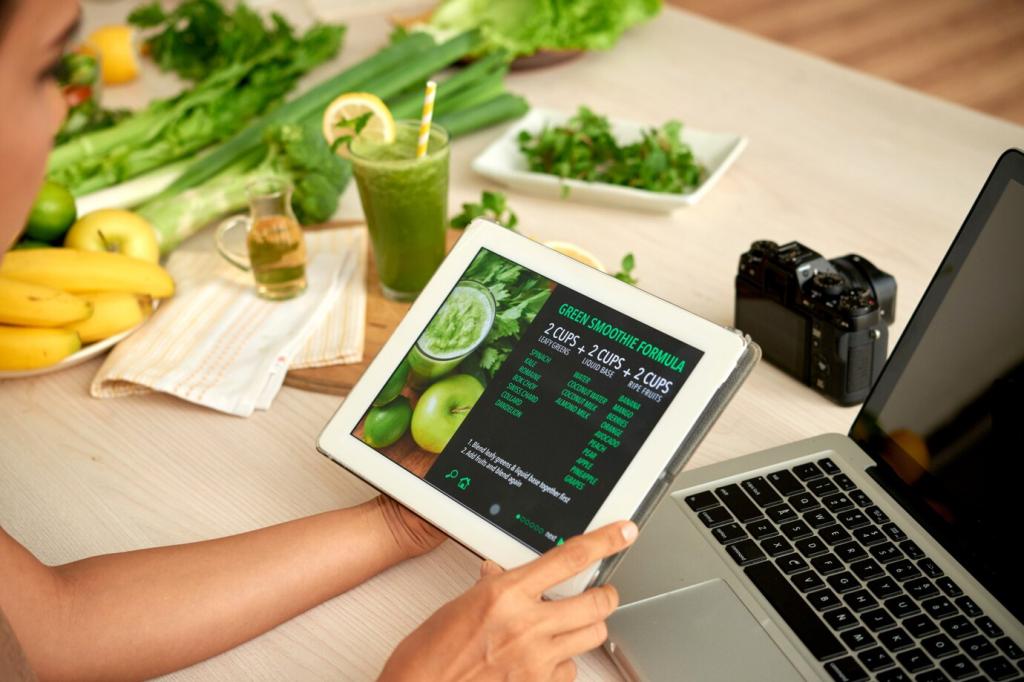Smart Shopping and Batch Cooking
Shop the perimeter for produce and dairy, then hit staples: tofu, tempeh, eggs, lentils, chickpeas, quinoa, oats, whole-grain pasta, nuts, seeds, and olive oil. Scan labels for added protein and fortified nutrients. Buying in bulk trims costs and guarantees you always have performance foods within reach.
Smart Shopping and Batch Cooking
Cook a pot of lentils, a tray of roasted vegetables, and a batch of quinoa. Bake tofu with tamari and garlic, whisk tahini dressing, and pre-portion breakfasts. This two-hour ritual turns weekday chaos into effortless assembly, so your vegetarian meal plans stay consistent even when training gets demanding.





